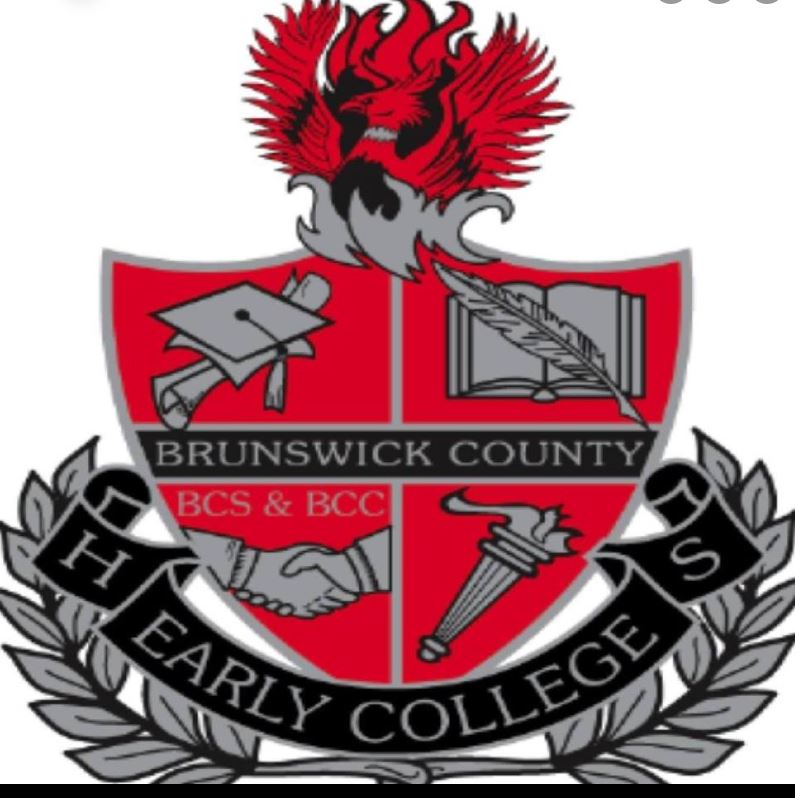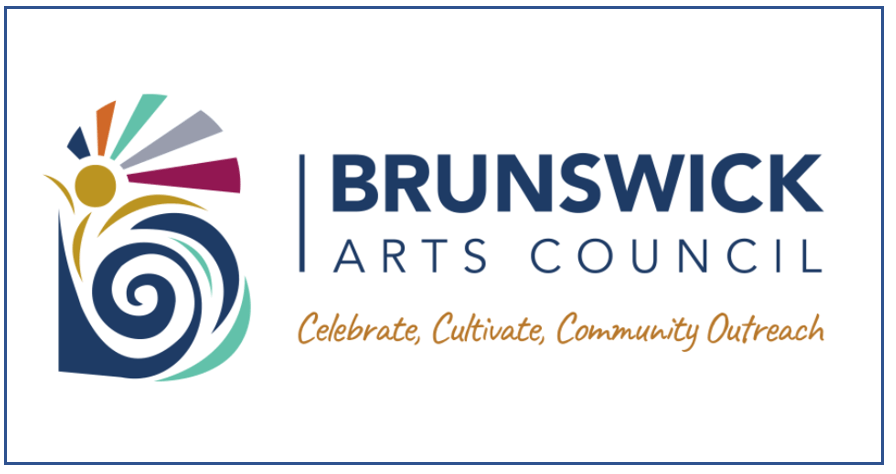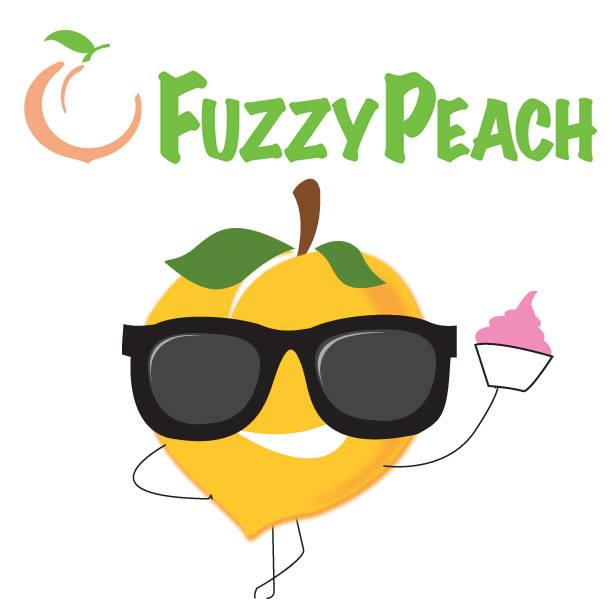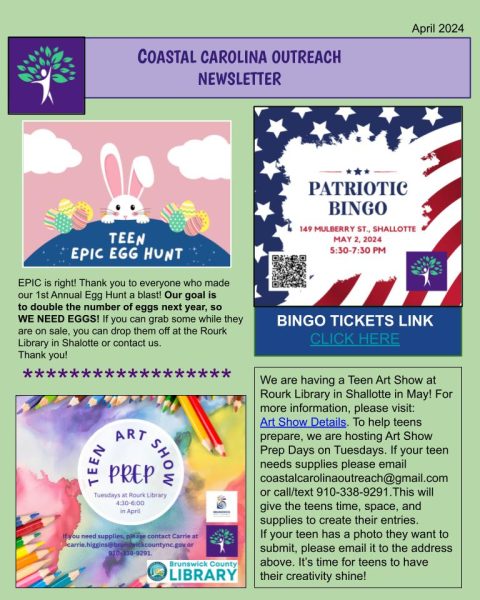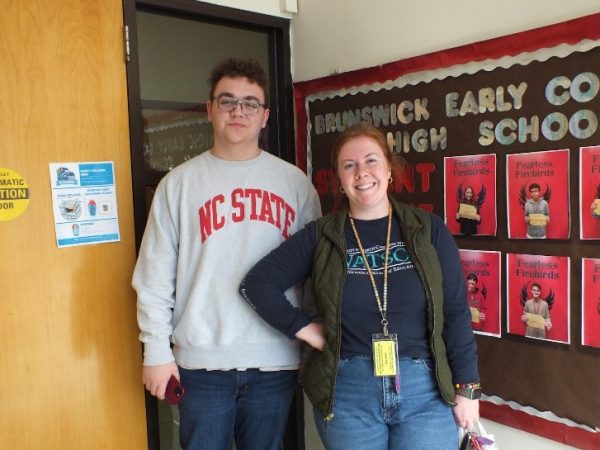Teacher Perspectives: School Lunch
December 30, 2022

My grandmother was a cafeteria manager in an elementary school for 35 years. This was back in the day when all the food was made from scratch. There was a crew of seven ladies and they all had different jobs in the kitchen. I don’t remember all their names, but I do remember Norah was the baker. Her expertly crafted yeast rolls were soft and fluffy and were brushed with a little salted butter on the top. Norah’s rolls were often alongside entrees like homemade chicken and dumplings or real Salisbury steak and mashed potatoes. In the early eighties, I would rush home from my last Friday college class at ECU just to get there in time to have “fish on Fridays” which always included Norah’s homemade cornbread and freshly made coleslaw. To this day, if I am ever in a school that is serving spaghetti, I have to have it! School lunch spaghetti is still a comfort food for me even if it isn’t like my Granny Pearl’s.
One of the main reasons I carry such a passionate belief that child nutrition is indeed a powerful instructional strategy is from watching my grandmother go out into the cafeteria during lunch service. She made sure students were eating and had balanced meals. I feel quite certain that she never studied Maslow’s Hierarchy of Needs, but she knew that students learned better when their bellies were full. I rarely got in trouble with my grandmother: however, one day when I was in third grade I didn’t have the thirty-five cents for school lunch, so I packed a peanut butter and jelly sandwich and I put Pepsi in my Thermos. Boy, she was visibly upset about the soda—and I never did that again!
I am so grateful that all of our students have access to free breakfast and lunch. Student brains have a lot of business to handle, so optimizing their nutrition is one less obstacle to learning!

